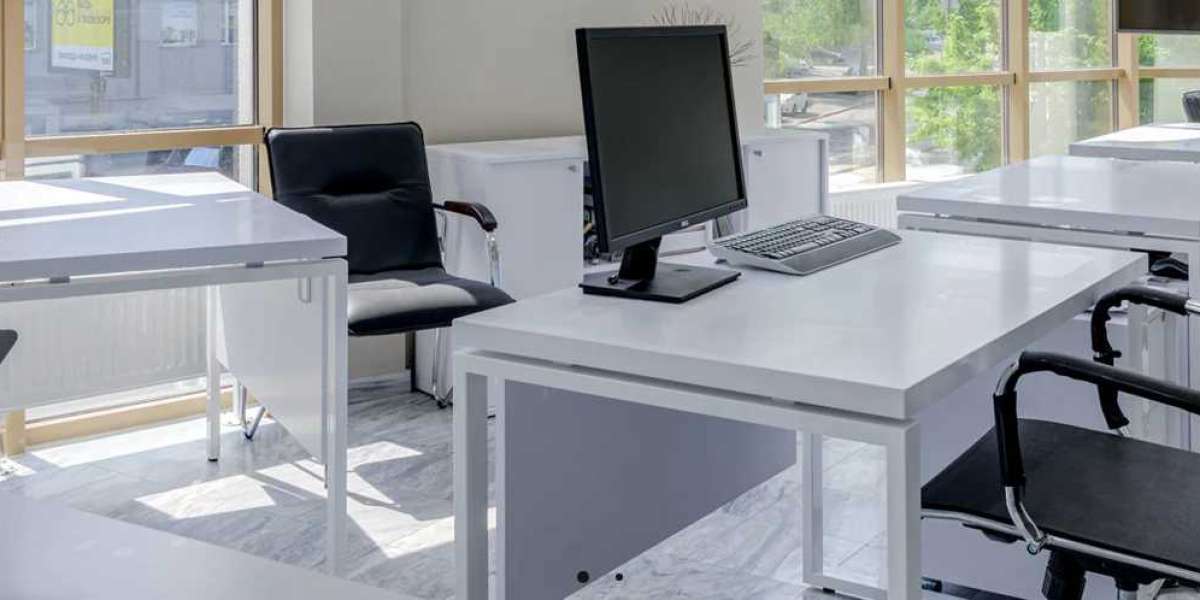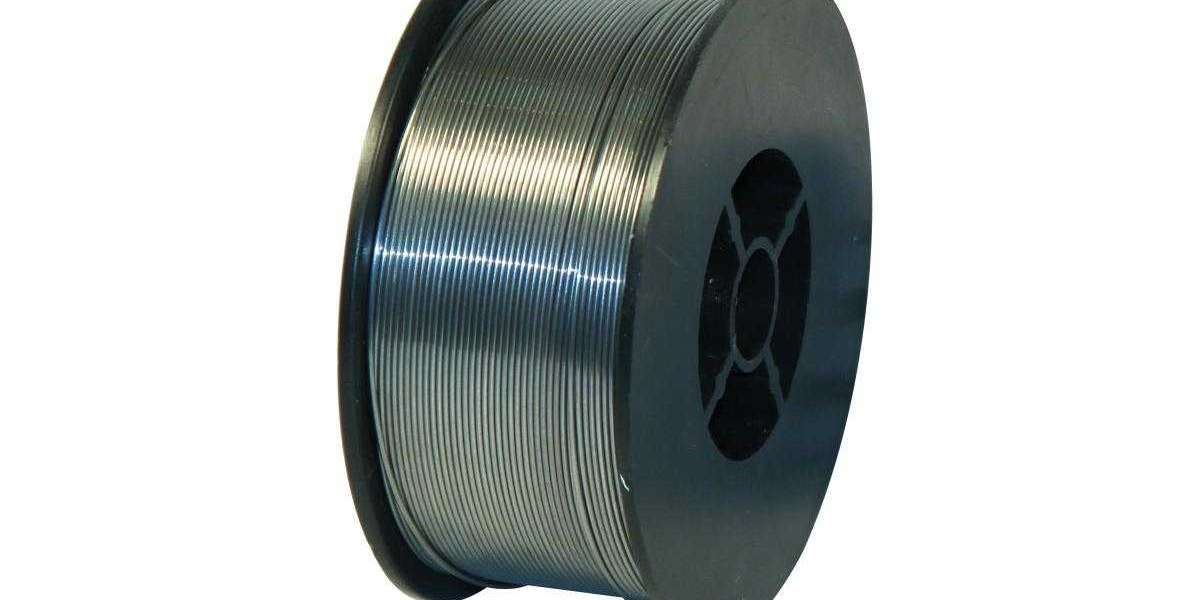Selecting an office chair that accommodates your specific body type is crucial for ensuring comfort, support, and productivity throughout your workday. Here’s a guide on how to choose an office chair that fits your body type:
1. Assess Your Needs and Preferences
Why It Matters: Understanding your needs and preferences will help you select a chair that provides the right support and comfort for your specific body type.
Considerations:
- Height and Weight: Determine if the chair can accommodate your height and weight. Check the chair’s specifications for weight limits and seat height ranges.
- Posture and Health Issues: Consider any specific posture issues or health concerns, such as lower back pain or shoulder strain.
2. Check Seat Height Adjustment
Why It Matters: The seat height adjustment ensures that your feet are flat on the floor and your knees are at a 90-degree angle, which is crucial for proper posture and comfort.
What to Look For:
- Range of Adjustment: Ensure the chair’s height adjustment range fits your desk height and allows you to sit comfortably.
- Ease of Adjustment: Look for a chair with a smooth and easy-to-operate height adjustment mechanism.
3. Evaluate Seat Depth and Width
Why It Matters: The seat depth and width impact how well the chair supports your thighs and back, affecting overall comfort.
What to Look For:
- Seat Depth: Choose a chair with adjustable seat depth to ensure there’s about 2-4 inches between the back of your knees and the edge of the seat. This helps prevent pressure on your thighs and promotes better circulation.
- Seat Width: Ensure the seat is wide enough to comfortably support your hips and thighs. A chair with adjustable seat width is ideal if you have specific requirements.
4. Look for Adjustable Lumbar Support
Why It Matters: Proper lumbar support is essential for maintaining the natural curve of your lower spine and preventing back pain.
What to Look For:
- Adjustability: Choose a chair with adjustable lumbar support that can be moved up, down, and in and out to fit the curve of your lower back.
- Contoured Design: Look for lumbar support that is contoured to provide adequate support to the lower back.
5. Consider Adjustable Armrests
Why It Matters: Adjustable armrests help reduce shoulder and neck strain by allowing your arms to rest comfortably while typing or using a mouse.
What to Look For:
- Height Adjustment: Ensure the armrests can be adjusted to a height that aligns with your desk.
- Width and Depth Adjustment: Some chairs offer adjustments in width and depth to accommodate different arm lengths and resting positions.
6. Choose a Chair with Proper Backrest
Why It Matters: The backrest supports your spine and promotes good posture. It’s important to choose one that fits your back and provides adequate support.
What to Look For:
- Backrest Height: Select a chair with a backrest that reaches at least mid-back or higher, depending on your height and support needs.
- Adjustability: Look for a chair with an adjustable backrest that allows you to tilt and lock it in various positions for customized support.
7. Test the Chair’s Recline and Tilt Features
Why It Matters: Recline and tilt features allow you to adjust the chair’s angle, promoting movement and reducing pressure points.
What to Look For:
- Tilt Mechanism: Choose a chair with a tilt mechanism that allows you to recline and lock the chair at different angles.
- Tilt Tension: Adjustable tilt tension lets you control the resistance while reclining, ensuring comfortable movement.
8. Check for Seat Material and Cushioning
Why It Matters: The material and cushioning affect comfort, breathability, and durability.
What to Look For:
- Cushioning: Opt for a chair with high-density foam or gel cushioning for better support and comfort.
- Material: Choose between breathable mesh, leather, or fabric based on your comfort preference and climate.
9. Test for Stability and Mobility
Why It Matters: A stable chair with smooth mobility enhances your ability to move and reach different areas of your workspace comfortably.
What to Look For:
- Base: Ensure the chair has a sturdy base, typically with five casters, to provide stability and prevent tipping.
- Casters: Choose casters that are suitable for your floor type (e.g., hard casters for carpets, soft casters for hard floors).
Conclusion
Choosing an office chair that fits your body type involves considering several key factors, including adjustability, support, and comfort. By evaluating these aspects, you can find a chair that enhances your posture, reduces discomfort, and supports your productivity. Remember to test different chairs if possible and prioritize features that cater to your specific needs and preferences for the best seating experience.








